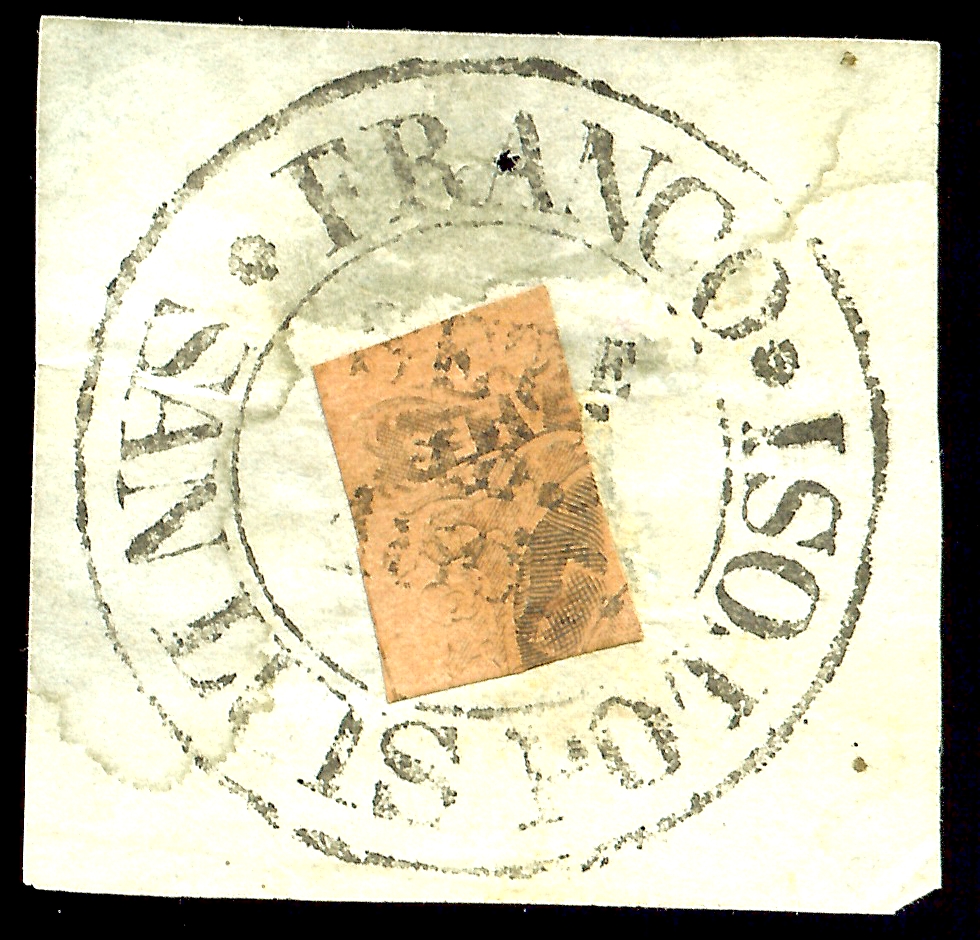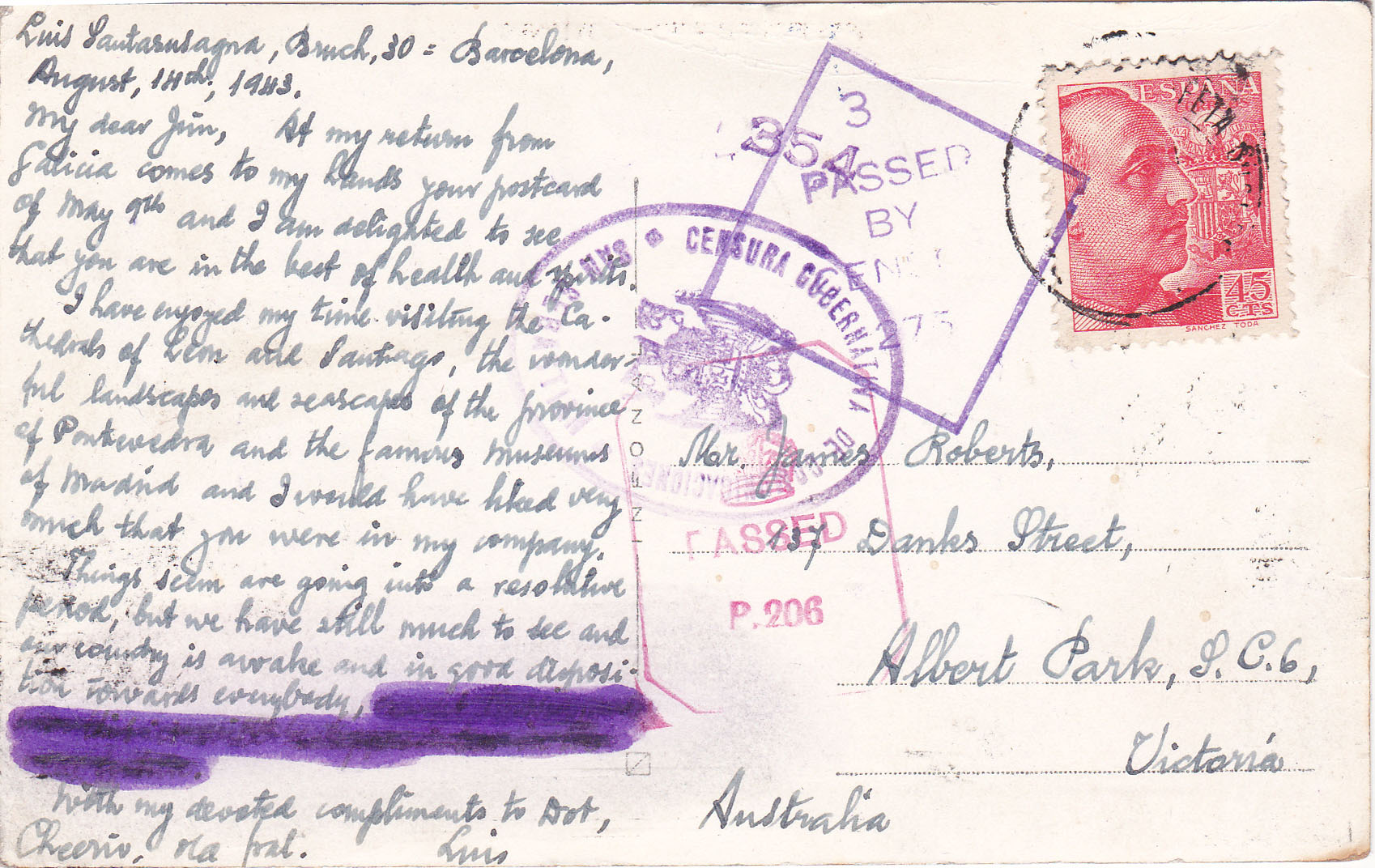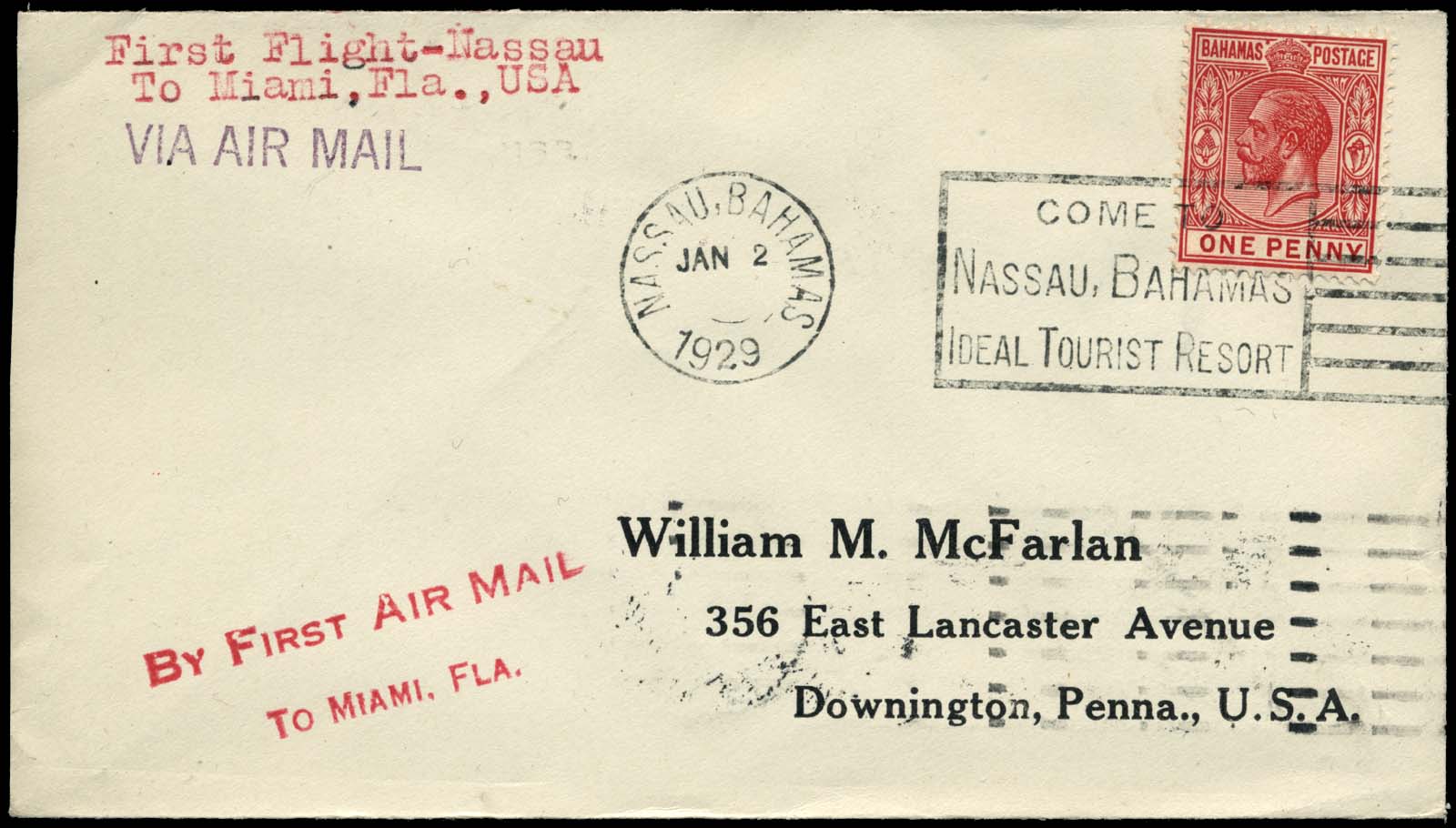|
List Of Philatelic Topics
This is a list of philatelic topics. __NOTOC__ A *Acknowledgement of receipt * Adhesive (stamp gum) *Admirals *Aerogram *Aerophilately * Affixing machine *Airmail * Airmail etiquette *Airmail stamp *Alexandria "Blue Boy" Postmaster's Provisional * Arrow block *Asian philately * Astrophilately * Auction (Philatelic) *Awards B *Balloon mail * Bicycle mail *Bisect * Bogus postal markings * Bogus stamp issue * Booklet * British Guiana 1c magenta *Bulk mail C *Cachet *Camel mail * Cancellation * Cancelled to order *Caribou mail *Carrier's stamp * Censored mail *Center line block *Certified mail * Charity stamp * Charles Henry Coster *Chinese new year stamps *Christmas seal *Christmas stamp * Cigarette tax stamp *Cinderella stamp * Circular delivery mail * Civil War Patriotic Cacheted Covers *Classic stamp *Coil stamp *Coil waste * Color guide * Color trial * Combination cover *Commemorative stamp * Concentration camp mail * * Control mark * Counterfeit stamps * Courier mail *Cover * ... [...More Info...] [...Related Items...] OR: [Wikipedia] [Google] [Baidu] |
Acknowledgement Of Receipt
Acknowledge, acknowledgmenat, or acknowledgement may refer to: Arts, entertainment and media * Acknowledgment (creative arts and sciences), a statement of gratitude for assistance in producing a work ** Acknowledgment index, a method for indexing and analyzing acknowledgments in the scientific literature * "Acknowledgement" (song), a 1965 song from John Coltrane's album ''A Love Supreme'' Technology * Acknowledgement (data networks), a signal used to indicate acknowledgement ** ACK, a flag used in the Transmission Control Protocol (TCP) to acknowledge receipt of a packet Other uses * Acknowledgment (law), a declaration of one's own act, to give it legal validity ** Service of process, acknowledgment of service * Acknowledgement of receipt, a postal service See also * ACK (other) * Credit (creative arts) In general, the term credit in the artistic or intellectual sense refers to an acknowledgment of those who contributed to a work, whether through ideas or in a more ... [...More Info...] [...Related Items...] OR: [Wikipedia] [Google] [Baidu] |
Bisect (philately)
Bisects and splits refer to postage stamps that have been cut in part, most commonly in half, but also other fractions, and postally used for the proportionate value of the entire stamp, such as a two cent stamp cut in half and used as a one cent stamp. When stocks of a certain stamp ran out, postmasters sometimes resorted to cutting higher denominated stamps in half, vertically or diagonally, thus obtaining two "stamps" each representing half of the original monetary value, or "face" value, of the uncut stamp. The general public also resorted to this practice, sometimes pursuant to official or tacit permission and sometimes without any express authorization. Many of these instances have been well documented in postal history. One example is the bisects of the Island of Guernsey during the German military occupation of the Channel Islands during World War II. Early Mexican stamps are known to have been used cut in half, three-quarters, quarters and even eighths. Many bisects and ... [...More Info...] [...Related Items...] OR: [Wikipedia] [Google] [Baidu] |
Center Line Block
In philately, a block is a group of four or more un-separated stamps. Blocks are of interest not only because they are rarer than individual stamps, but they also preserve relative positions of stamps as they were originally printed, information that is crucial to understanding how the stamps were produced. Format Blocks of stamps from the edges of the original sheet or pane often include sections of the sheet's margin, which may have a wide variety of information. For instance, arrow blocks preserve the guide lines used by line up the sheets for perforation or other production steps (these are usually angled in an arrow shape, thus the name), and center line blocks includes lines printed down the middle of a sheet. An imprint block includes the name of the printer, while for many United States stamps the zip block includes a promotional mention of the ZIP code. Typical examples of blocks are: 1.Traffic Lights Block 2. Imprint Block 3. Plate Block 4. Gutter Block Collect ... [...More Info...] [...Related Items...] OR: [Wikipedia] [Google] [Baidu] |
Postal Censorship
Postal censorship is the inspection or examination of mail, most often by governments. It can include opening, reading and total or selective obliteration of letters and their contents, as well as covers, postcards, parcels and other postal packets. Postal censorship takes place primarily but not exclusively during wartime (even though the nation concerned may not be at war, e.g. Ireland during 1939–1945) and periods of unrest, and occasionally at other times, such as periods of civil disorder or of a state of emergency. Both covert and overt postal censorship have occurred. Historically, postal censorship is an ancient practice; it is usually linked to espionage and intelligence gathering. Both civilian mail and military mail may be subject to censorship, and often different organisations perform censorship of these types of mail. In 20th-century wars the objectives of postal censorship encompassed economic warfare, security and intelligence. The study of postal censorship ... [...More Info...] [...Related Items...] OR: [Wikipedia] [Google] [Baidu] |
Carrier's Stamp
Carrier's stamp is a type of postage stamp used by private mail carriers to deliver mail directly to an addressee from the post office. History When the postal service The mail or post is a system for physically transporting postcards, letters, and parcels. A postal service can be private or public, though many governments place restrictions on private systems. Since the mid-19th century, national postal syst ... was first organized and the delivery of mail was only from one post office to another post office and not directly to the addressee. This created the need for private mail carriers. In the United States, this specialized category of stamps existed mainly from 1842 to 1860. References External links A Baltimore Carriers' Stamp Philatelic terminology {{philately-stub ... [...More Info...] [...Related Items...] OR: [Wikipedia] [Google] [Baidu] |
Caribou Mail
Mail delivery by animals has been used in many countries throughout history. It used to be the only way to quickly transport large bundles of letters over long distances, until motorised vehicles became more widespread. Mail is still delivered by animals in a few remote locations that lack vehicular road access. The term "snail mail" is a derogatory retronym used to refer to the delivery of letters in contrast to the immediacy of electronic mail. Camels In Australia camels were used to transport mail and supplies from Oodnadatta to Alice Springs until around 1929 when the railroad superseded it. The journey of around 520 kilometers took Afghan cameleers (Muslims and expert cameleers came from around the British Empire, mainly from Afghanistan and Pakistan, signed a 3 years contract and often married and created families in Australia) around four weeks. The service was celebrated by descendants of the cameleers in 2002. Dogs Dogs were used to deliver mail when pulling a ... [...More Info...] [...Related Items...] OR: [Wikipedia] [Google] [Baidu] |
Cancelled To Order
A cancelled to order (also called and abbreviated CTO) postage stamp, philatelic symbol , is a stamp the issuing postal service has cancelled (marked as used), but has not traveled through the post,Bennett, Russell and Watson, James; ''Philatelic Terms Illustrated'', Stanley Gibbons Publications, London (1978). but instead gets handed back to a stamp collector or dealer. They can come from withdrawn stocks of stamps cancelled in sheets and sold as remainders or from new sheets for sale at reduced rates to the stamp trade. Postal services of various countries do this in response to collector demand, or to preclude stamps issued for the collector market being used on mail. Some of the history of CTOs is from stamps being given to collectors on an approval basis, in person or through mailings; the first CTOs began in the late 19th century. Background While some collectors value mint postage stamps, others prefer to collect stamps that have been used. In practice, it is slow and dif ... [...More Info...] [...Related Items...] OR: [Wikipedia] [Google] [Baidu] |
Cancellation (mail)
A cancellation (or cancel for short; French: ) is a postal marking applied on a postage stamp or postal stationery to deface the stamp and to prevent its reuse. Cancellations come in a huge variety of designs, shapes, sizes, and colors. Modern cancellations commonly include the date and post office location where the stamps were mailed, in addition to lines or bars designed to cover the stamp itself. The term "postmark" refers specifically to the part that contains the date and posting location, but the term is often used interchangeably with "cancellation" as it may serve that purpose. The portion of a cancellation that is designed to deface the stamp and does not contain writing is also called the "obliteration" Scott US p. 30A. or killer. Some stamps are issued pre-cancelled with a printed or stamped cancellation and do not need to have a cancellation added. Cancellations can affect the value of stamps to collectors, positively or negatively. Cancellations of some countries ... [...More Info...] [...Related Items...] OR: [Wikipedia] [Google] [Baidu] |
Camel Mail
Mail delivery by animals has been used in many countries throughout history. It used to be the only way to quickly transport large bundles of letters over long distances, until motorised vehicles became more widespread. Mail is still delivered by animals in a few remote locations that lack vehicular road access. The term "snail mail" is a derogatory retronym used to refer to the delivery of letters in contrast to the immediacy of electronic mail. Camels In Australia camels were used to transport mail and supplies from Oodnadatta to Alice Springs until around 1929 when the railroad superseded it. The journey of around 520 kilometers took Afghan cameleers (Muslims and expert cameleers came from around the British Empire, mainly from Afghanistan and Pakistan, signed a 3 years contract and often married and created families in Australia) around four weeks. The service was celebrated by descendants of the cameleers in 2002. Dogs Dogs were used to deliver mail when pulling a ... [...More Info...] [...Related Items...] OR: [Wikipedia] [Google] [Baidu] |
Cachet
In philately, a cachet is a printed or stamped design or inscription, other than a cancellation or pre-printed postage, on an envelope, postcard, or postal card to commemorate a postal or philatelic event. There are both official and private (independent of postal authorities) cachets. They commemorate everything from the first flight on a particular route, to the Super Bowl. Cachets are also frequently made, either by private companies or a government, for first day of issue stamp events or "second-day" stamp events. They are often present on event covers. The first cacheted FDC (first day cover) was produced by prominent philatelist and cachet maker George Ward Linn in 1923, for the Warren G. Harding memorial stamp issue. Cachet-making is considered an art form, and cachets may be produced by using any number of methods, including drawing or painting directly onto the envelope, serigraphy, block printing, lithography, engraving, laser printing, attachment of photographs ... [...More Info...] [...Related Items...] OR: [Wikipedia] [Google] [Baidu] |
Bulk Mail
Bulk mail broadly refers to mail that is mailed and processed in bulk at reduced rates. The term is sometimes used as a synonym for advertising mail. The United States Postal Service (USPS) defines bulk mail broadly as "quantities of mail prepared for mailing at reduced postage rates." The preparation includes presorting and placing into containers by ZIP code. The containers, along with a manifest, are taken to an area in a post office A post office is a public facility and a retailer that provides mail services, such as accepting letters and parcels, providing post office boxes, and selling postage stamps, packaging, and stationery. Post offices may offer additional serv ... called a bulk-mail-entry unit. The presorting and the use of containers allow highly automated mail processing, both in bulk and piecewise, in processing facilities called bulk mail centers (BMCs). In 2009, the USPS announced plans to streamline sorting and delivery. BMCs were renamed Network D ... [...More Info...] [...Related Items...] OR: [Wikipedia] [Google] [Baidu] |
British Guiana 1c Magenta
The British Guiana 1c magenta is regarded by many philatelists as the world's most famous rare stamp. It was issued in limited numbers in British Guiana (now Guyana) in 1856, and only one specimen is now known to exist. It is the only major postage stamp ever issued that is not represented in Britain's Royal Philatelic Collection. It is imperforate, printed in black on magenta paper, and it features a sailing ship along with the colony's Latin motto ''"Damus Petimus Que Vicissim"'' (We give and expect in return) in the middle. Four thin lines frame the ship. The stamp's country of issue and value in small black upper case lettering in turn surround the frame. With its US$9,480,000 sale on 17 June 2014 to Stuart Weitzman, this item broke the world record for a single stamp auction price each of the last four times it has been sold. The stamp was auctioned again on 8 June 2021 for the price of $8,307,000. Beginning November 8, 2021, individuals are able to purchase fractional ... [...More Info...] [...Related Items...] OR: [Wikipedia] [Google] [Baidu] |








